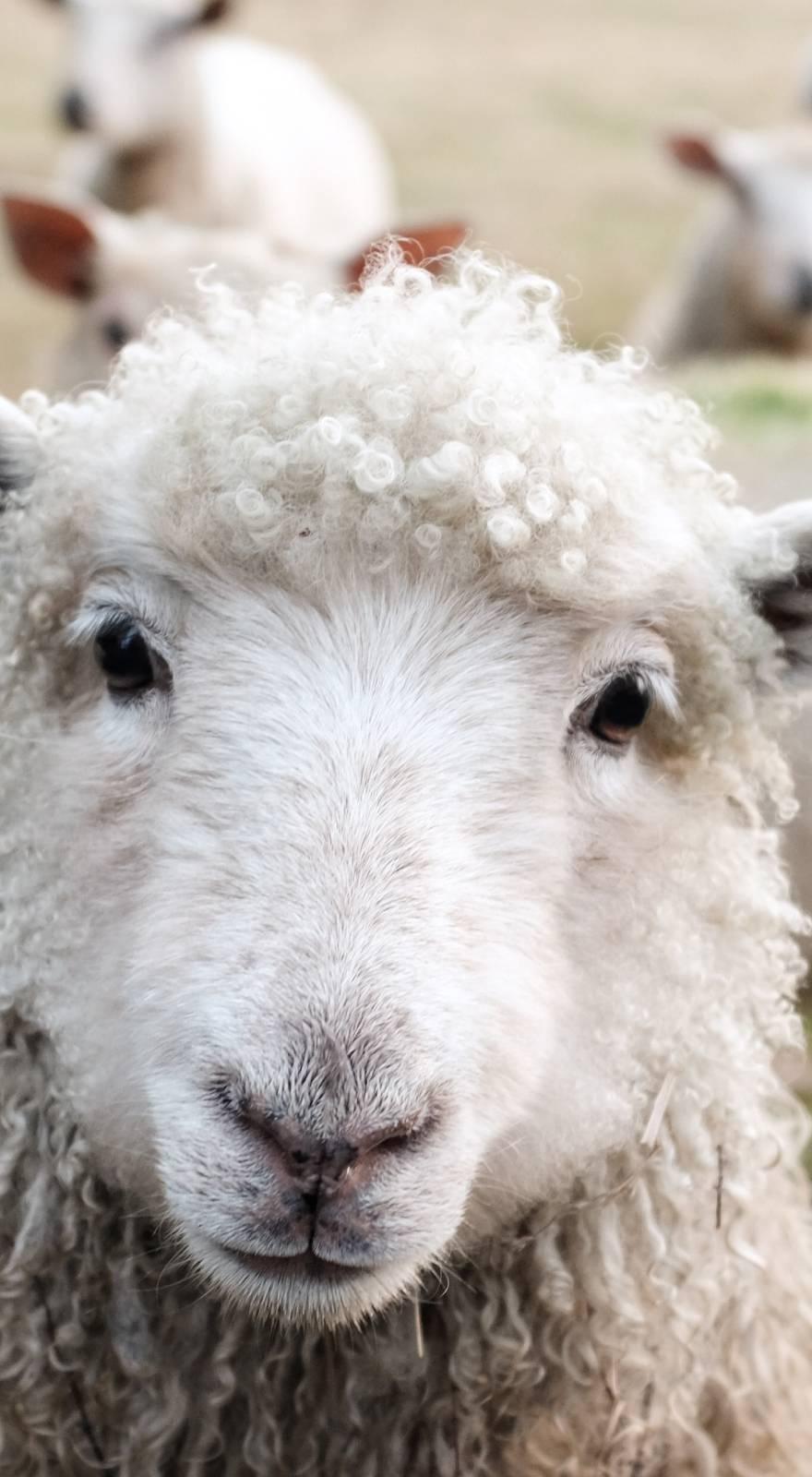Knowde Enhanced TDS
Identification & Functionality
- Ingredient Name
- Animal Feed & Nutrition Functions
- Technologies
Features & Benefits
- Animal Feed & Nutrition Features
- Product Highlights
Choline was discovered by Andreas Strecker in 1862. Choline is a key compound for the synthesis of two important molecules, phosphatidylcholine and acetylcholine. Choline is usually classified as a B vitamin, but does not fit in the traditional role of a vitamin. Choline plays a role in dairy nutrition include minimizing fatty liver formation, improving neurotransmission, and serving as a methyl donor.
- Dietary Need for Choline in Dairy Cows:
- One of the primarily roles of choline is in synthesis of phosphatidylcholine, an essential component of cell membranes. Choline-deficient rats show three-fold Increases in hepatic tricglyceride concentrations and reduced plasma methionine as well as phosphatidylcholine concentrations compared to rats fed a choline adequate diet. Choline status therefore has been suggested as a factor in alleviating the severity and incidence of fatty liver and may have some application in the transition dairy cow.
- It has been estimated that as much as 30% of the methionine absorbed by dairy cows is used for choline synthesis; therefore potential also exists to improve aminoacid nutrition of the transition cows through changes in choline status.
- The primary mechanism of interest in dairy cow is choline’s effect on triglyceride transfer from the liver, especially in early lactation when free fatty acids from adipose tissues are mobilized and formed into lipoproteins requiring a methyl donor. Choline could also spare methionine (10 g of choline would provide the equivalent methyl groups found in 44 g of methionine).
- Cholinex Advantages
- Cholinex is protected using superior encapsulation technologies
- Cholinex is Rumen Stable (more than 85% survived in harsh rumen environment).
- Independent Research Lab Results:The results estimate that most of the choline bypasses the rumen and that the choline that reaches post-ruminal digestion has a digestion coefficient of approximately 0.96. This products appears to bypass ruminal digestion because of its small particle size (most likely the product moves with the ruminal liquid phase) and because of the company’s proprietary encapsulation process.
- Need for Choline Protection from Rumen Degradation:
The lack of response to dietary choline is due to extensive rumen degradation estimated to be 85-95 percent of supplemental choline. When choline was infused postruminal (15 to 90 grams per day), the average milk response to choline was 1 kg milk per day, .17 percent fat, and 1.5 kg fat corrected milk per day. Choline is more difficult to protect in the rumen than aminoacids because it is extremely hygroscopic.
- Benefits of Cholinex in Dairy Cows
Proven Research Confirms that:
- Helps to maintain peak persistency
- Helpls to lower metabolic problems (fatty liver, ketosis, etc.)
- Helps liver to process energy more effectively and reduces fat accumulation in the liver
- Helps to maintain positive energy balance
- Increases milk production by around 1 kg/dairy cow/day
Applications & Uses
- Markets

